Have you ever noticed how you skip big-box stores and buy directly from brand websites? That’s the direct-to-consumer (D2C) model, where brands sell directly to you, cutting out wholesalers, distributors, and retailers to keep both the conversation and revenue in-house.
Traditional retail adds layers of cost. Products pass through multiple middlemen, each taking a cut of 20 to 40% before the item even hits the shelf. D2C eliminates these layers, giving brands control over pricing, storytelling, and customer experience.
With tools like e-commerce platforms, social commerce, and even Instagram Shops, direct selling is more accessible than ever for both startups and legacy brands.
What Does D2C Mean?
Direct-to-Consumer (D2C) refers to selling products directly to customers through your own digital channels, eliminating the need for retailers, wholesalers, or other intermediaries. You maintain complete control over the customer relationship, pricing, brand experience, and revenue. By removing the traditional supply chain layers, D2C creates a direct line from your production to your customer's doorstep.
Five core principles drive success in this model:
- Elimination of intermediaries frees you from the wholesale discounts and retailer fees.
- Complete brand control means you set pricing, messaging, and merchandising without outside interference.
- A customer-centric mindset enables you to customize every interaction, building loyalty more quickly than traditional retail.
- Data-driven decision-making becomes possible because you own every piece of customer data when shoppers browse or make a purchase.
- End-to-end ownership puts you in charge of fulfillment, returns, and support for a seamless experience.
These principles manifest as direct social and email engagement, digital-first storefronts, personalized recommendations, and streamlined in-house fulfillment.
Technology has removed traditional barriers, and today’s consumers are drawn to brands that feel authentic and personal. As a result, commerce is shifting from relying on distribution to building direct relationships. You can go fully direct-to-consumer or adopt a hybrid model that combines retail partnerships for scale with direct channels for better margins, data, and customer control.
How D2C Boosts Your Margins
Direct-to-consumer models eliminate costly middlemen, allowing you to capture retail markups that typically disappear in the supply chain. With full control of pricing, operations, and customer relationships, D2C businesses consistently achieve higher profitability than traditional retail channels.
Elimination of Middlemen and Margin Capture
Selling direct means you keep the retail markup that typically vanishes into wholesale discounts and distributor fees. In traditional channels, wholesalers often demand price cuts up to 60 percent off MSRP, and distributors take double-digit percentages on top.
By skipping these layers, you retain an additional 30-50% of gross profit, a range confirmed by industry analyses of direct-to-consumer profit margins. With money arriving directly from shoppers, you also avoid lengthy retailer payment terms, which improves daily liquidity and gives you the freedom to invest where it matters.
Lower Operational Costs and Efficiency Gains
A direct selling operation replaces scattered regional warehouses and pallets with a single inventory pool shipping directly to buyers. Brands using the direct-to-consumer model eliminate multiple touches, receiving, cross-docking, and re-labeling that quietly drive up costs.
You no longer pay for retailers' floor space, fixtures, or utilities, and need fewer staff as automated pick-and-pack technology handles routine tasks. Platform fees for a modern e-commerce site cost significantly less than the fixed expenses associated with physical expansion, so the saved dollars flow directly to your bottom line.

Pricing Control and Strategic Flexibility
With no retail partners dictating terms, you decide exactly how to price and position your products. Want to test a premium tier or run a flash sale for a specific segment? You can implement changes in minutes and track immediate feedback through first-party data.
Free from rigid wholesale calendars, you can experiment with price testing, dynamic bundles, or seasonal offers tailored to each audience. This responsiveness protects margins while keeping you ahead of competitive price wars that often erupt on third-party shelves.
Reinvestment Opportunities and Growth Acceleration
The extra capital from capturing full margins fuels growth initiatives that would be difficult to fund in a wholesale model. This money can be invested in product R&D, expanded video advertising budgets, or new technologies that enhance the customer journey.
Because you own the shopper relationship, every marketing dollar works harder, building customer lifetime value and creating space for higher-impact moves, such as international expansion or niche product lines. The ability to hire top talent and scale fulfillment infrastructure quickly turns margin improvements into a self-sustaining growth cycle.
Full Control Over Customer Experience
Direct selling gives you control of every interaction from the first social media post to post-purchase support. Consistent storytelling builds trust, and your collected data lets you customize campaigns down to individual shopper preferences, captivating audiences at every step.
Short-form vertical video, powered by platforms like Firework, transforms your site into a 24/7 video showroom where customers can explore products through shoppable clips and live demos.
Quick feedback loops and custom loyalty programs keep the experience fresh, turning happy buyers into vocal advocates who drive the next wave of profitable sales.
D2C Vs. Wholesale & Marketplace Models
Choosing between wholesale, marketplace, and direct-to-consumer (DTC) channels impacts everything from pricing power to brand control. Here's how the three models stack up when it comes to profit margins, customer relationships, and long-term flexibility:
Power Growth with Personalized, Direct Connections
When you sell directly to shoppers, each sale matters more. By capturing full retail markup and avoiding wholesale discounts, D2C brands consistently achieve gross margins that far exceed those of traditional channels. You own every datapoint, allowing you to refine products, pricing, and promotions without the limitations of retailers.
This control creates agility. You can adjust prices instantly, reinvest extra revenue into innovation, and design an end-to-end experience that feels personal at every step. Consumers appreciate this approach: a growing segment already prefers buying directly for authenticity and personalized service.
Transform your customer experience with Firework's AI-powered video commerce solution that turns your site into a 24/7 video showroom. Book a demo today!
Unlock Exclusive Insights
By submitting this form, you agree to Firework's privacy policy and consent to receive personalized marketing communications. You can unsubscribe at any time.
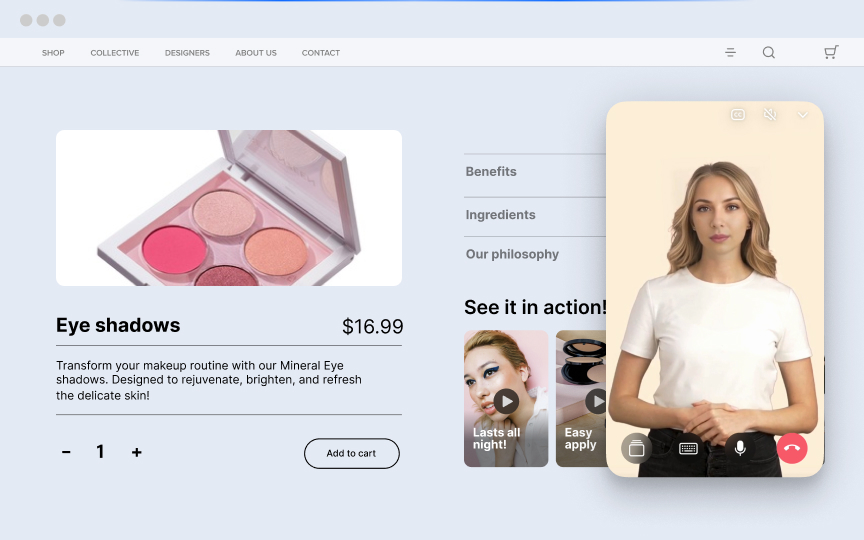
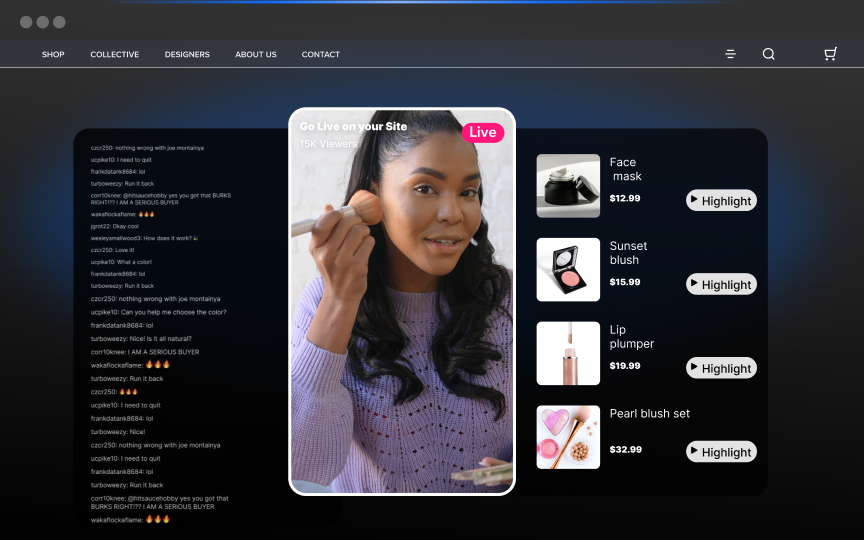
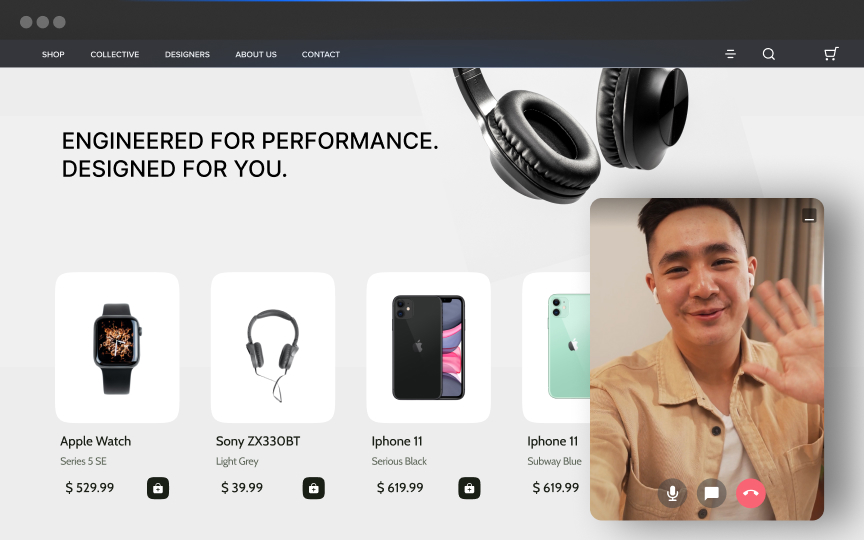

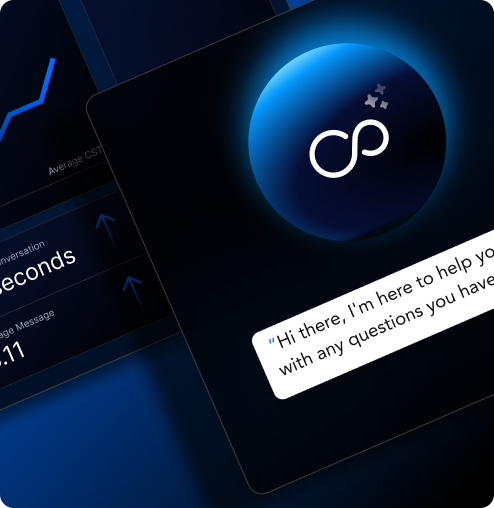










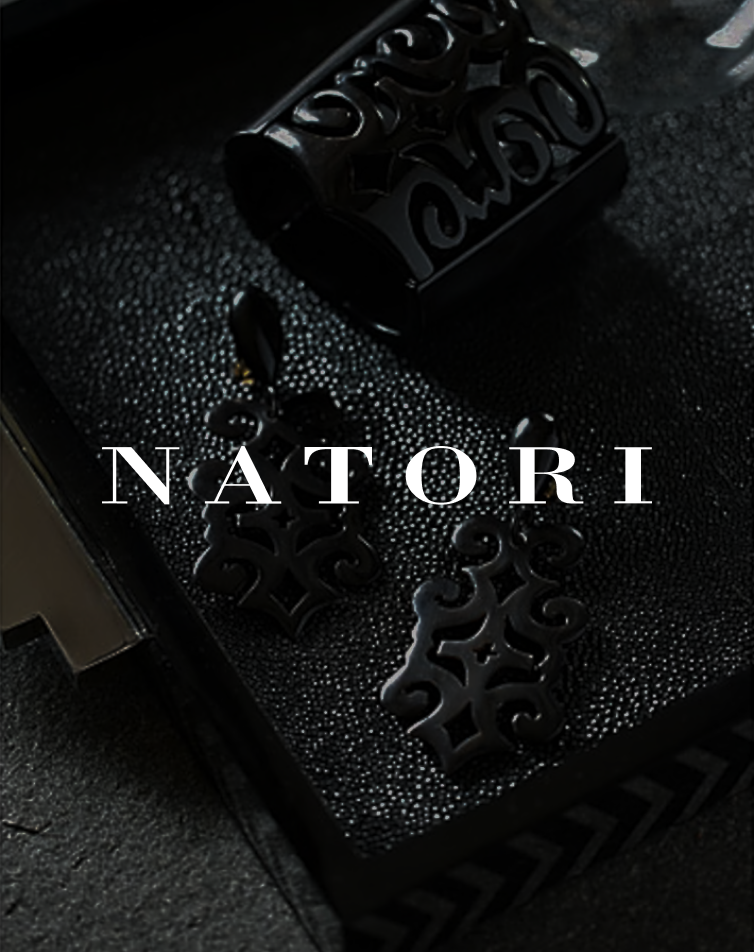







.jpeg)





